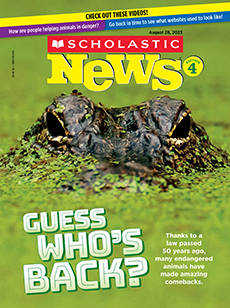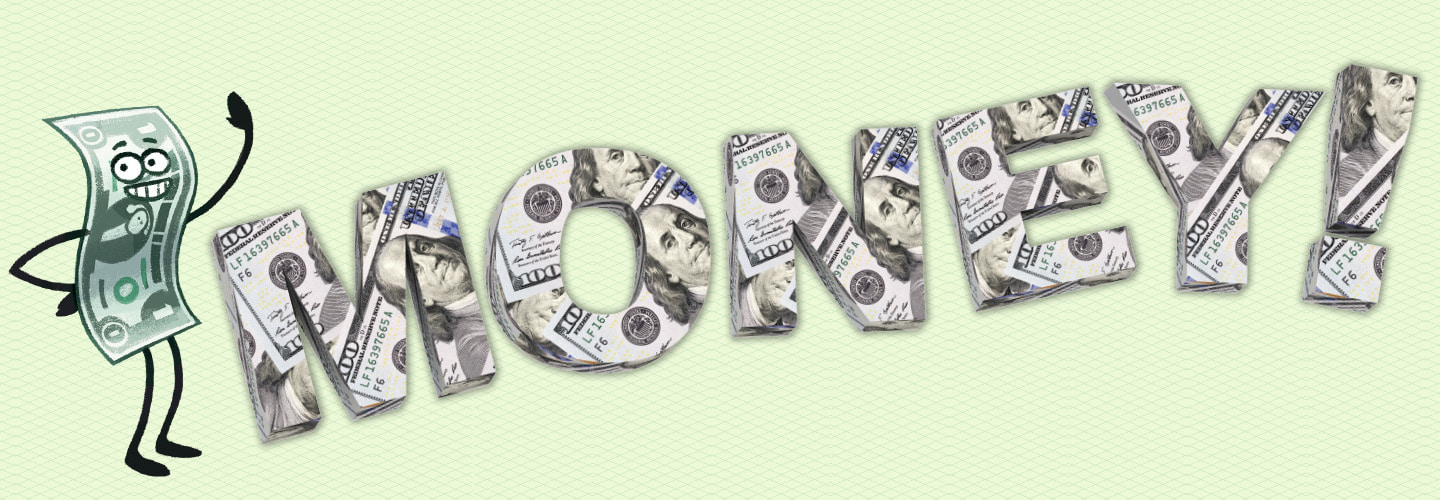Dough. Bucks. Bread. No matter what you call it, money has changed a lot over the years. Before the 1860s, gold and silver coins were the only currency produced by the U.S. government. That changed during the Civil War (1861-1865). President Abraham Lincoln needed money to pay the Union troops. But there was a shortage of coins. Enter the dollar bill.
You might not think much about a dollar when you pull it from your pocket. But our currency is more interesting than you might realize. For instance, did you know that the dollar bill is made of a special blend of cotton and linen? You could fold it back and forth more than 4,000 times before it would rip! Read on for more fascinating facts about our paper currency.

